Fitting Astra Electro-Hyrdaulic power steering.
I know a few Gents have converted to Astra power steering, just showing how I did it. This post will be useful to anyone using a 240 steering rack or any car really (not just for LS swaps).
Main reason for the install is one piece of the puzzle in creating better steering feel because even the stock Volvo pump and rack combo reminded me of an XF Falcon setup... where just looking at the steering wheel sideways would turn it. This only gets worse when adding an LS pump.
Parts I used:
- 1 x 2005 TRW TS Astra P/S Steering pump with bracket and hard line, these run from 98-05. 06+ AH Astra uses a CAN controlled pump. This pump has only 5 wires.
- 1 x metre 3/8 rubber transmission return hose - low pressure side
- 1x metre 3/8 hydraulic hose - high pressure side
- 1 x field serviceable 3/8 hose fitting (machined & welded) to suit Astra hard line/fitting - PUMP high pressure side
- 1 x field serviceable 3/8 hose fitting welded to Banjo fitting RACK high pressure side. Banjo = 14mm.
- 1x garden variety return line Banjo fitting for rack. Banjo = 16mm, Barb = 3/8"
- 1 x BF Falcon battery to starter positive lead, with terminal - remove from driver side battery terminal and starter motor. Nice long terminated cable.
- 1 x heavy duty fuse. 60 to 80 amp
https://www.jaycar.com.au/anl-in-line-fuse-holder/p/SZ2078
- 1 x 6PK1420 (LS pump delete short belt suit 2000 Ford Transit)
- 1 x Dayco 89015 Idler / Tensioner Pulley + 3mm washer spacer
- 1 LDAS Green p/s fluid
- Scrap steel for bracket to car
Decided to locate pump here, between RHS bumper and splash shield - and then pop the filler up into the (now) airbox. Pump should stay cool here and high pressure line is very short. I'm using 2 x existing holes to retain the bracket. Forward hole with a weld nut, and rear reinforced hole with a 'T' bolt (a bolt welded to 3mm plate steel)
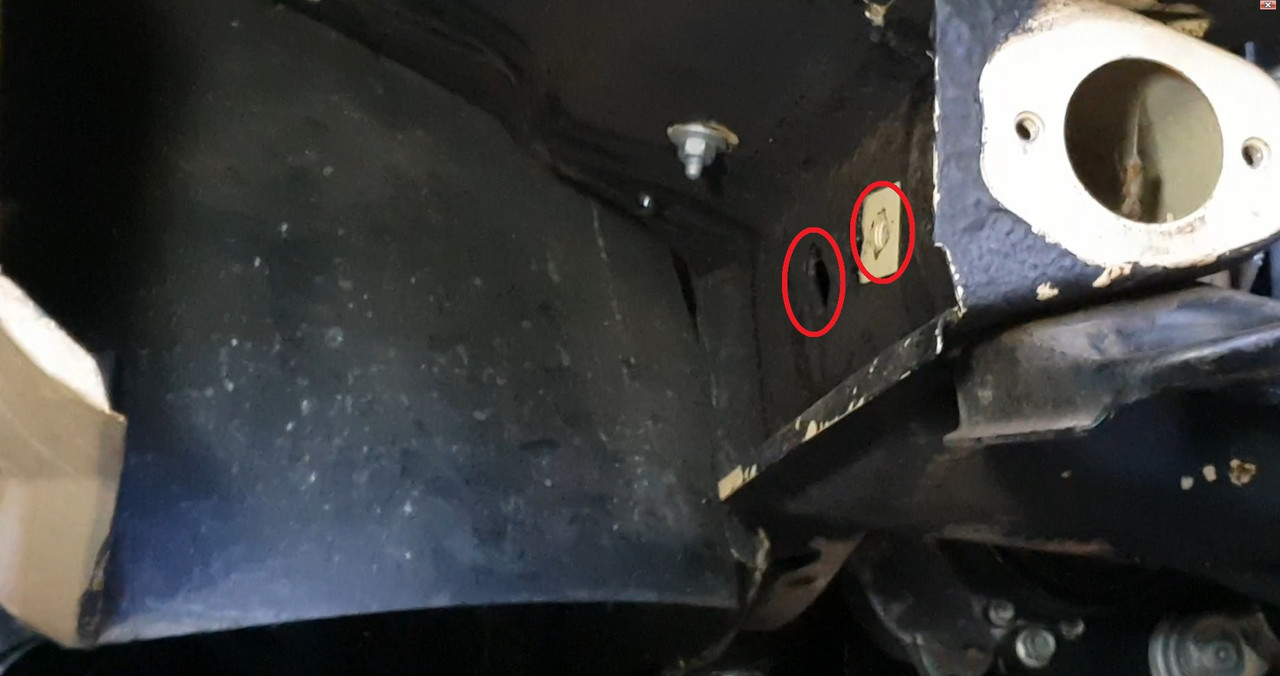
Mocking up into position - note cut Astra high pressure hardline is roughly facing rack.
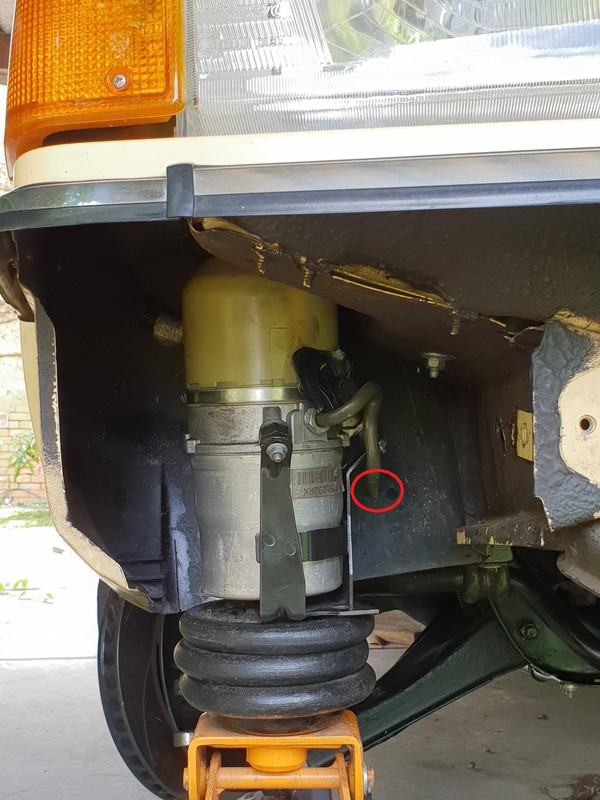
The bracket is welded together from scrap steel. I used a scrap piece of steel from a Corolla lower control arm for the chassis rail side as it was strong with a nice right angle edge to spread the load. The rest is scrap steel bent in position.

Here is the pump bolted into position:
1. bolt from guard (this bracket replaces the support bracket)
2. filler neck sticking up into engine bay (LS airbox)
3. 3/8 return line to rack - just run some hose and you're done
4. Astra hardline adapted to hose fitted via welding (see more below)
5. original Astra bracket welded to vehicle bracket
6. rearward bolt hole using existing hole
7. forward bolt hole using existing captive nut/hole + earth from pump
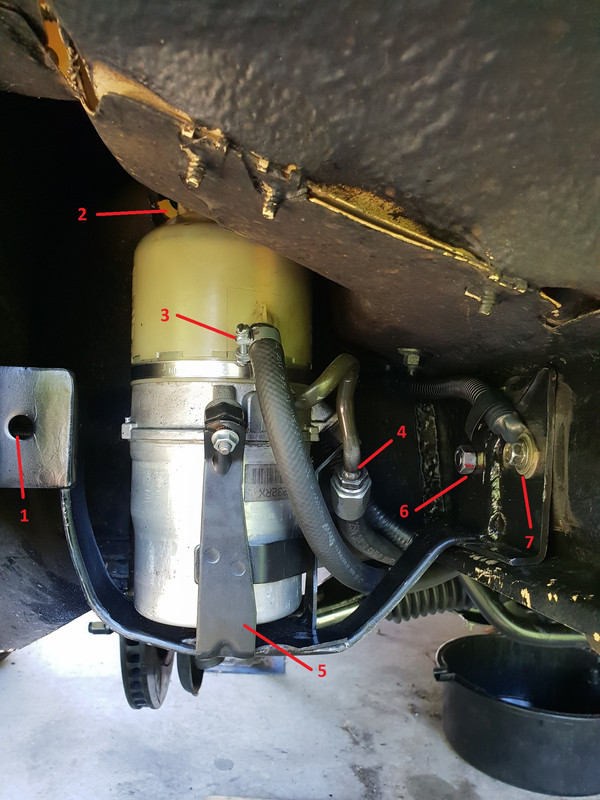
Pump filler neck (via holesaw and file):
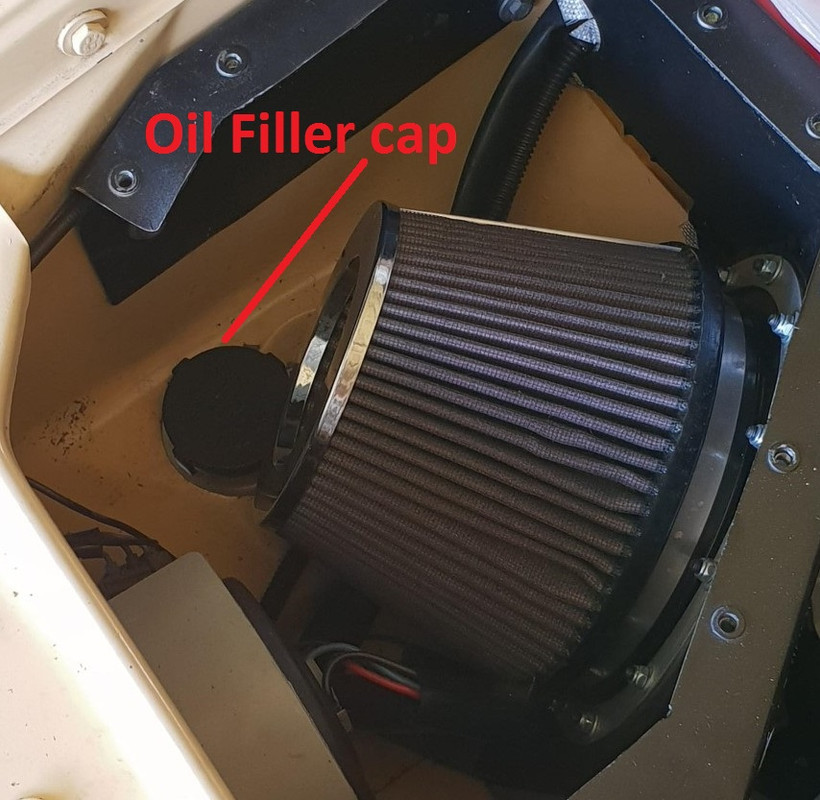
Here is what the Astra hard line looks like. It's a 16 x 1.5mm bump tube fitting. You can get adapters if you're the kind of guy that likes running 43 adapters and soft aluminum fittings.
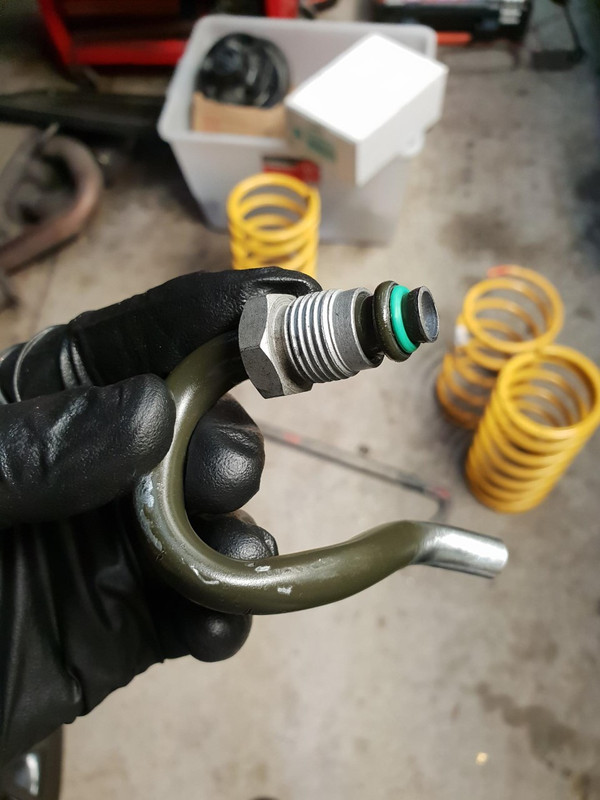
In my case, we machined a 10mm diameter, 5mm or so recess into the field serviceable hydraulic fitting so the 10mm OD hardline is a size-for-size fit, then weld:

For the LS, the stock pump has to be removed and belt re-routed like this using:
1. Dayco 89015 Idler / Tensioner Pulley +
2. 3mm washer spacer
3. 6PK1420 (LS pump delete short belt suit 2000 Ford Transit)
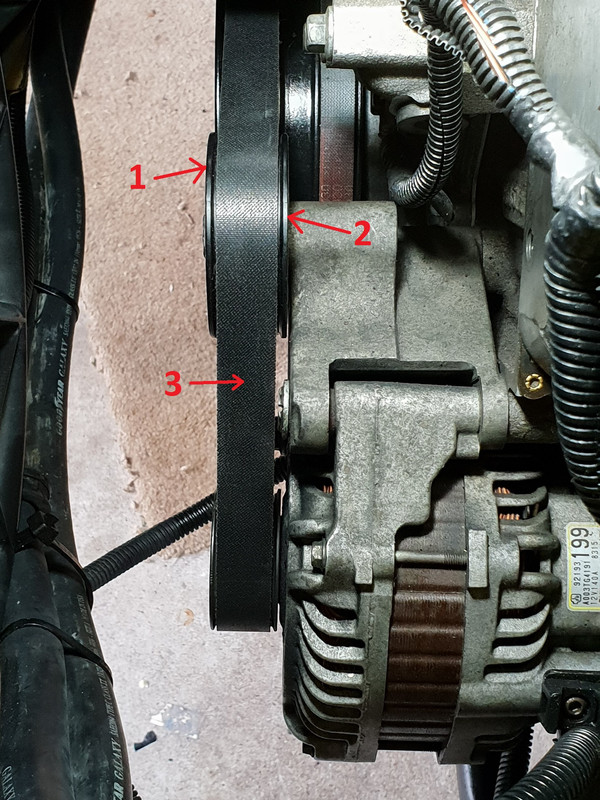
Wiring could not be easier really. There are 5 wires:
1 x large black (earth)
1 x large red (12v+ constant) to battery, fused.
1 x small black wire (ignition 12v+)
1 x small blue with yellow stripe (charging 12v+) or some other 'engine running only' 12v power source.
1 x small brown wire (not used in my application)
If you hold 2 x small wires together, pump will slowly 'soft start' - takes approx 10 secs to build line pressure
If you apply 12v+ to black wire, then blue/yellow wire 1 or 2 secs after, pump will instantly idle and have line pressure.
So a delayed sequence of 12v+ is needed to make pump operate similar to factory, i.e get in and go.
I used a BF Falcon starter cable with terminal to power the pump. Soldered to pump wire and run to 12v+ constant LS alternator terminal via 80 amp fuse. Large earth to chassis rail, same as battery.
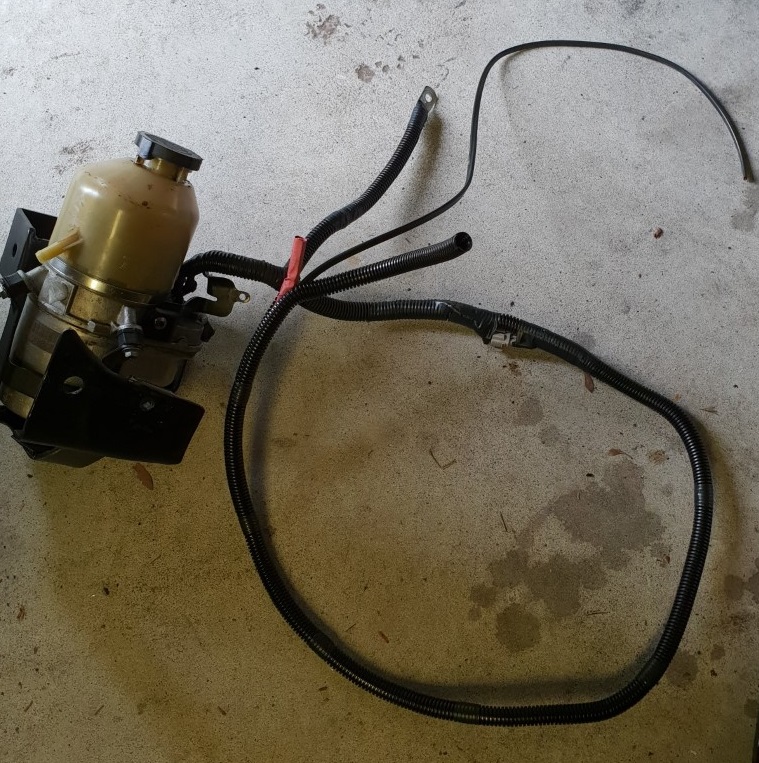
Pump bled very easy and cannot be heard while driving, I can slightly hear the pump when winding lock on while stationary but it's a very distant sound. Steering is quite a bit heavier now but still very easy to turn when stopped etc - and much better suited to driving at speed imo. Will have more to report after I have finished playing with other front end stuff.